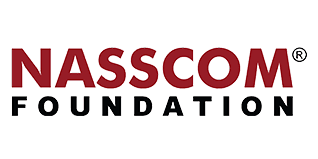Panel Management in the Modern Market
Explore the evolving role of panel management in modern market research. To stand out in this data-driven digital landscape, understanding your potential customer preferences has become more crucial than ever. Thus, businesses seek next-gen solutions that simplify their market research for better and cost-efficient results. One of the prominent solutions is panel management- connecting businesses …
How Can Panel Management tool Help With Fair Market Research Incentive?
What should be the right market research incentives for your participants? Let’s understand. In market research, the major information comes from the participants or panelists. But, recruiting participants is a challenging and costly affair, especially when you throw in incentives. The question always arises- How much should I pay my participants? Can I get reliable …
Continue reading “How Can Panel Management tool Help With Fair Market Research Incentive?”
Top 5 Tips to Improve Survey Quality
Are your survey Programming not effective enough to drive accurate and reliable information? Beat complex survey challenges with our best survey designing tips to improve survey quality and get better customer insights. Discovering your audience’s preferences throughout their customer journey can be effectively accomplished through surveys. These valuable tools enable you to swiftly gather feedback …
Safeguard Market Research: The Ultimate Guide to Fraud Detection
Every business wants deeper and more accurate insights into the market to analyze competitors’ and customers’ understanding. And, effective market research is the one and only way to achieve those goals. Among different methods of market research, surveys are the most preferred method due to their ability to have a significant impact on customers and …
Continue reading “Safeguard Market Research: The Ultimate Guide to Fraud Detection”
The Fundamentals of Market Research
Have you ever encountered a failure where your newly launched product does not create enough noise in the market? It seems you forgot to do your homework, which is called market research. Every business has a perception that their product is somehow different and will have a great impact in the market, but does it? …
BLOG CATEGORIES
Don't Want
to Miss A Thing?
Get full access to articles & reports, & receive email newsletters and alerts that keep you in touch with our latest thinking.

















